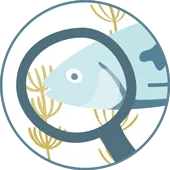
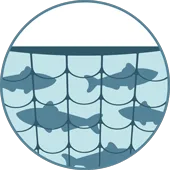
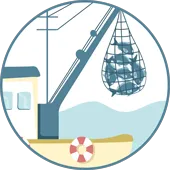
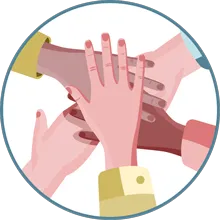
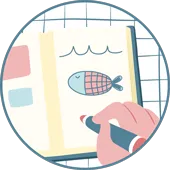

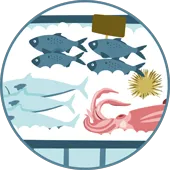
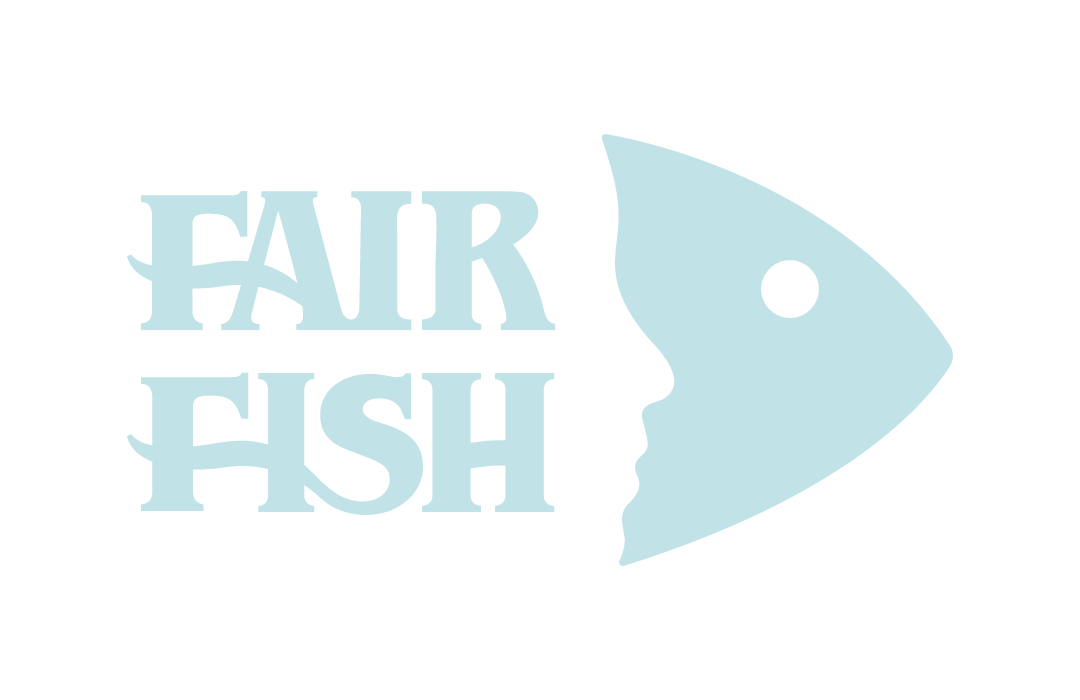
Have you ever looked closely at your can of tuna and found a label or seal on it? There are around 20 labels on the market for products made from fish and seafood. They contain the word „organic“ or come from ASC, MSC, Naturland, or Friend of the Sea.
Unfortunately, you can't tell from these labels what these organisations value when awarding them – and the criteria differ greatly. Nevertheless, fair‑fish finds products with a label better than those without. Labels signalise that attempts are being made to improve the current situation with regard to certain aspects, such as sustainability, bycatch, good husbandry conditions and feed quality, and also to ensure that the requirements have been met.
When shopping, bear in mind, however, that a label does not necessarily fulfil your expectations. For example, there is currently no label that pays attention to fish welfare in the way fair‑fish would recommend.
Labels often only cover selected species and certain regions. The certification process is also not sufficiently transparent. There are sad examples where the requirements have been watered down to make it easier for the industry to fulfil them. Whether certified aquacultures or fisheries actually comply with the requirements is too rarely and not independently verified.
Wild fishes from non-endangered stocks such as European anchovy and king mackerel are acceptable. But it is not easy to find out which stocks are endangered and which are not, because what has to be declared by law is far too imprecise. It is better and also more environmentally friendly to consume predominantly herbivorous fishes such as carp and tilapia from extensive pond farming.
The fish with the most credible ‘label’ remains the fish that you catch yourself and kill professionally!
fair‑fish is in favour of including fish welfare in labels:
HomePublicationsThank you!Summer ShoalTeamfair-fish bookSocial mediaConsumptionDonateAssociationEventsData privacyOnline ShoalImprintfair-fish Marine schoolConsultancyWhich labels?Bequestfair tradePartnersArchiveAquaristicsJobs/InternshipsHistory & VisionCarefish/catchFisheryCarefish/farmFarmingfair-fish databaseImprintData privacyNewsTeamDid you know...?fish-factsAnnual reportsNewsletterMessagefish-facts SubscriptionInstagramFacebookTwitter / XLinkedIn


